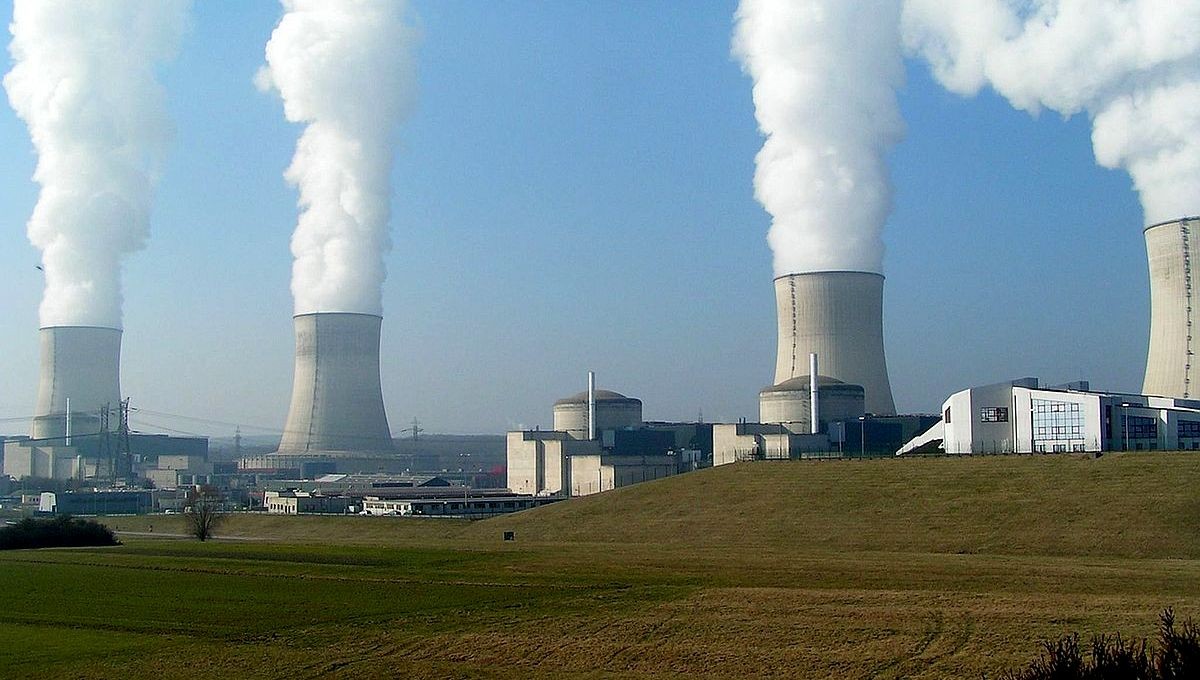The Supreme Court Suspends Obama’s Clean Power Plan: Changing The Law On Staying Put

February 22, 2016 | posted by The Institute
Source: Forbes
By: Tracy Hester, Professor of Environmental Law and Emerging Technology
In a surprising move, the U.S. Supreme Court has stayed implementation of the Environmental Protection Agency’s Clean Power Plan rules. These rules – the centerpiece of the Obama Administration’s climate change agenda – limit emissions of carbon dioxide and other greenhouse gases (GHGs) from large existing coal-fired or natural gas power plants. With the aftershocks of Justice Antonin’s Scalia’s unexpected death on Feb. 13 still reverberating, the issuance of the stay as one of the last Court rulings with Scalia’s participation throws the Clean Power Plan’s future and legality into doubt and confusion.

In particular, the Clean Power Plan would require states to reduce overall GHGs from electricity generators by 33 % (below 2005 emission levels) by the year 2030, and almost all states must submit a proposed plan on how they will achieve those reductions. If a state fails to provide its proposal or request an extension, the federal government will draft its own plan for the state and EPA will directly impose it. As a result, the Clean Power Plan is one of the most ambitious, sweeping and important environmental regulations EPA has ever promulgated.
If, that is, the courts ever allow the Plan to take effect.
The challenges to the Clean Power Plan before the Supreme Court are deeply unsurprising in one sense. When EPA published its final rules on October 23, a firestorm of lawsuits and administrative challenges immediately broke out. To date, 27 states, the U.S. Chamber of Commerce, numerous coal and electric companies and other groups have joined the lawsuit to halt the rules, while 18 states have jumped in to defend them. Given their importance, these rules are already probably the most aggressively contested environmental rules in U.S. history. The fact that they would arrive before the Supreme Court was, in one sense, a foregone conclusion.
It is the way they arrived at the court that astonishes. In the long run, the vehicle that carried these rules to the court may overshadow the actual substance of its final decision about the Plan.
Why? Usually, when a federal court hears a challenge to an administrative regulation, the judge allows the agency to move ahead with the rule during the court proceeding. This standard approach makes sense if environmental, health and safety rules would protect the public during a long court case, and industry would not sufferable irreparable harm or ruinous costs in the meantime. The status quo’s tilt towards implementation would therefore shield the public from harm if litigants tie up rules for years in protracted litigation.
As a result, courts have usually not stayed federal regulations except in extremely rare circumstances, and they usually require challengers to show both a high chance they will succeed on the merits as well as suffer irreparable and serious harm if the rules rolled ahead in the meantime.








